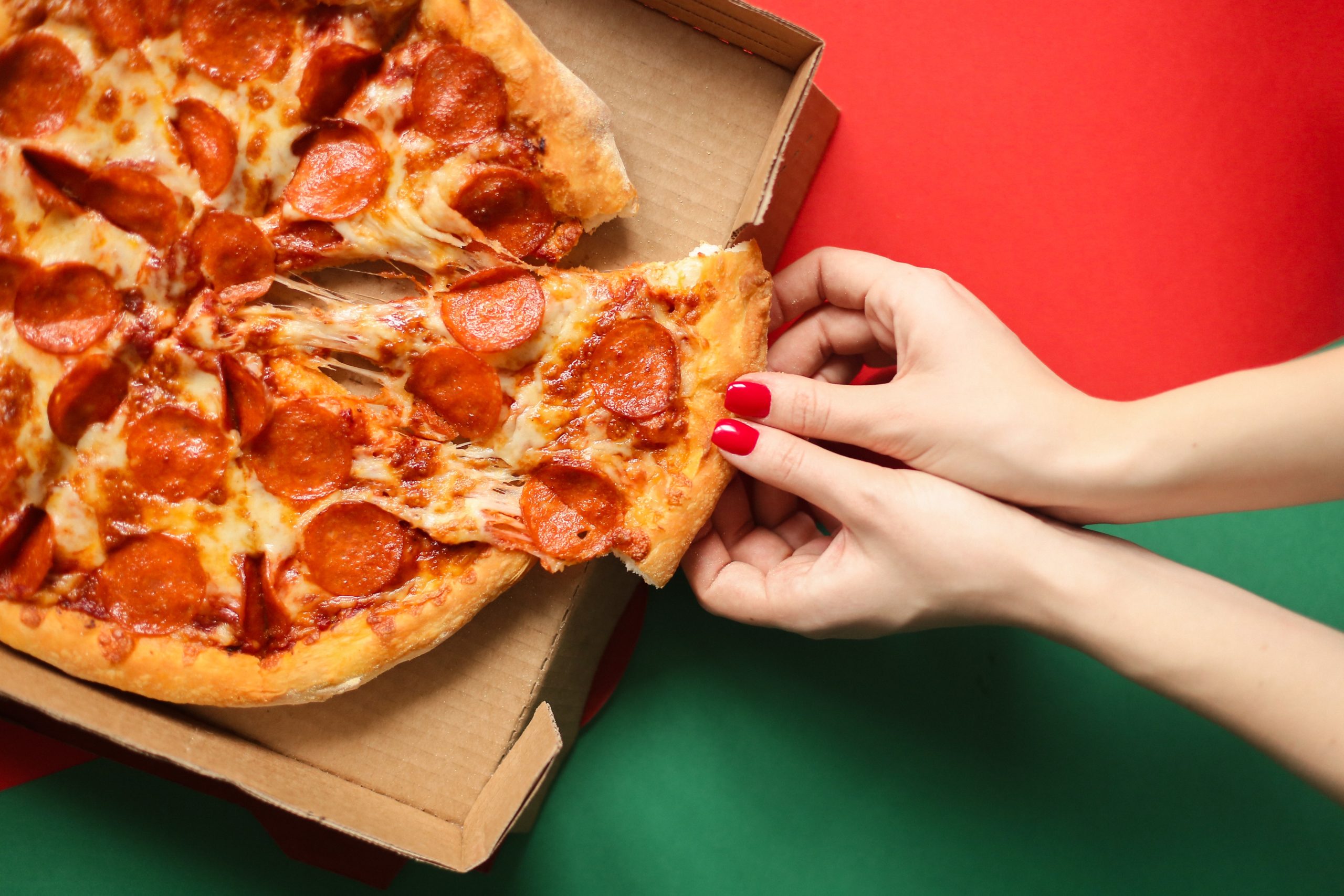Pizza is one of the most popular foods in the world. It’s delicious, versatile, and easy to make. But is pizza healthy? Many people assume that pizza is unhealthy due to its reputation as a junk food. However, the truth is that pizza can be a healthy meal option if it’s made with the right ingredients and eaten in moderation. In this blog post, we’ll take a closer look at the nutritional value of pizza and whether or not it can be considered a healthy food choice.
The Nutritional Value of Pizza
Pizza is typically made up of a crust, sauce, cheese, and various toppings. The nutritional value of pizza depends on the type of crust, sauce, and toppings used. Let’s take a closer look at each of these components:
Crust
The crust is the base of the pizza and is typically made from flour, water, yeast, and salt. Depending on the type of crust, it can be high in carbohydrates and calories. For example, a thick, deep-dish crust is higher in calories and carbohydrates than a thin, whole-grain crust. However, whole-grain crusts are a healthier option as they are higher in fiber and nutrients.
Sauce
The sauce is usually made from tomatoes, which are a good source of vitamins A and C. However, many pizza sauces contain added sugar and salt, which can increase the calorie and sodium content of the pizza. Choosing a sauce that is low in sugar and salt can make a pizza healthier.
Cheese: Cheese is a good source of protein and calcium, but it is also high in saturated fat and calories. Choosing a pizza with less cheese or opting for a low-fat cheese can make a pizza healthier.
Toppings: The toppings on a pizza can vary widely, from vegetables and lean proteins to processed meats and fatty cheeses. Choosing healthier toppings like vegetables, lean protein, and low-fat cheese can make a pizza healthier.
Is Pizza Healthy ?
So, is pizza healthy? The answer is that it depends on the ingredients and how often you eat it. Pizza can be healthy if it’s made with whole-grain crust, a low-sugar and low-salt tomato sauce, and topped with vegetables and lean protein. However, if it’s made with a thick crust, high-fat cheese, and processed meats, it can be high in calories, saturated fat, and sodium.
It’s also important to consider portion size when it comes to pizza. Eating too much pizza can lead to weight gain and other health problems. One slice of pizza is typically around 200-300 calories, depending on the size and toppings. Eating one or two slices of pizza as part of a balanced meal can be a healthy option, but eating an entire pizza in one sitting is not recommended.
Healthier Pizza Options
If you’re looking to make your pizza healthier, here are some tips:
- Choose a whole-grain crust: Whole-grain crusts are higher in fiber and nutrients than white flour crusts.
- Use a low-sugar and low-salt tomato sauce: Look for tomato sauces that are low in added sugar and salt.
- Add vegetables: Vegetables are high in fiber and nutrients and can make a pizza more filling. Some healthy pizza toppings include bell peppers, mushrooms, onions, spinach, and tomatoes.
- Choose lean protein: Opt forlean protein sources like grilled chicken, turkey, or shrimp instead of processed meats like pepperoni or sausage.
- Use low-fat cheese: Opt for a low-fat cheese like part-skim mozzarella instead of full-fat cheese.
- Watch your portion size: Stick to one or two slices of pizza and pair it with a side salad or other healthy side dish.
Is pizza healthy ? It certainly can be a healthy food choice if it’s made with the right ingredients and eaten in moderation. Choosing a whole-grain crust, a low-sugar and low-salt tomato sauce, and healthier toppings like vegetables and lean protein can make a pizza healthier. It’s also important to watch your portion size and not eat too much pizza at once. So, the next time you’re craving pizza, remember that it can be a healthy option if you make smart choices about the ingredients and portion size.
Photo: https://www.pexels.com



